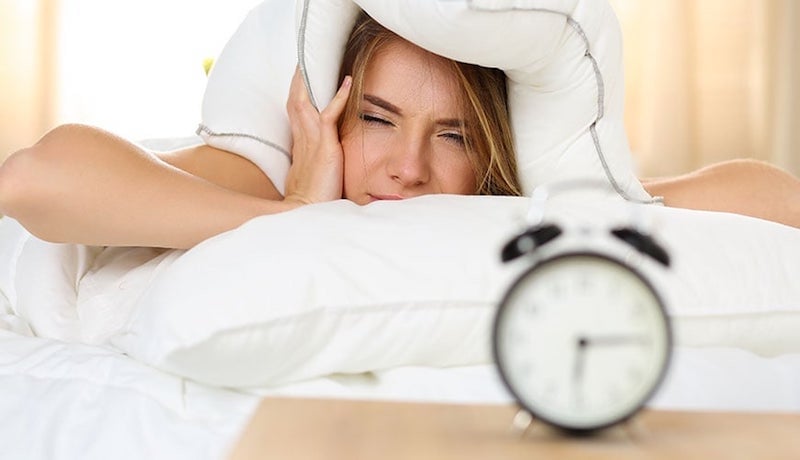What Does Your Sleep Position Say About You?
What does your sleeping position say about you? When deep asleep, it’s the time when our defenses are down and our subconscious takes over. As experts in the Land of Nod, the SquareDeal Dreamologists decided to do a little sleuthing in the starry skies. (Okay, fine, we also wanted to write a funny blog involving constellations ). Our findings? The body language of sleep says a lot more than we might realize.
Cygnus: Stomach Sleeper with Arms Out or Up

Personality: If you rest in the position sometimes known as a free-faller sleeper, you’re probably not afraid of risk. You generally exude an air of confidence and fun. Often this brash behavior is a cover for nerves and anxiety, and you might be a little thin-skinned, especially in situations where you don’t have control.
Likes: Theme parks, start-up businesses
Dislikes: Organized feedback, surprise parties
Dreamologist tip: watch out for strain at the base of your spine from overarching. Try sleeping without a pillow, or add a pillow under your pelvis
Cassiopeia: Side Sprawl with Arms Outstretched
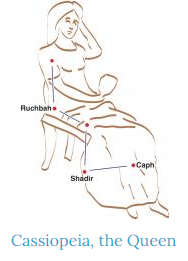
Personality If you’re a side sleeper with a tendency to stretch your arms above or to the front, then you’re most likely a pretty open, friendly person. Decisions may not always come to you quickly or easily, but you stick to them once made.
Likes: Pre-planned happy hours, new hires
Dislikes: Too many condiment options
Dreamologist tip: Watch out for head and neck support if you’re sleeping on the edge of your pillow.
Taurus: Side Sleeper Curled into Fetal Position

Personality: If you sleep on your side, curled into a ball, you’re in the same position—literally as about 41% of the world. This popular sleep position is often associated with a strong outer shell and a marshmallow heart. You might talk a tough game, but inside you’re sensitive and caring.
Likes: Black-and-white Judy Garland movies, salty snacks
Dislikes: Overenthusiastic huggers
Dreamologist tip: Watch out for back strain from bent knees. Try a pillow between your knees to alleviate pain.
Orion: Back Sprawl with Arms and Legs Outstretched

Personality: Sleeping with arms above your head, legs astance, you’re ready for whatever may come. An exposed position like this (not unlike when an animal shows trust by showing its belly) you’re probably a communicative person with an extroverted personality. You just might be the life of the party, and you’re generally an open book on most topics.
Likes: Singing badly in the shower, kicking off the sheets
Dislikes: Long periods of silence, possibly cheese
Dreamologist tip: Watch out for snoring and back pain. Try a pillow under your knees for extra support
Virgo: Back Sleeper with Arms and Legs Lying Flat

Personality: Arms and legs mostly straight down like a perfectly poised lady or well-trained soldier might mean that you’ve got high standards, strong morals, and a strong sense of duty. You might be a bit more reserved and have high expectations of others.
Likes: Regency romance novels, The Container Store
Dislikes: Bad grammar, people who don’t use their turn signals
Dreamologist tip: Watch out for snoring. Ensure your mattress and pillow firmly support your head and neck.
Gemini: Sleeping Side by Side

Personalities: Like the two twins Castor and Pollux bonded for eternity in the night sky, you and your partner have an unbreakable bond. You often sleep touching or entwined and have deep affection and loyalty for each other. Close-contact means you also enjoy mouthwash.
Likes: Long walks on the beach, mood music
Dislikes: Snapchat, twin mattresses
Dreamologist tip: Watch out for uncomfortable sleeping situations that wake you up with a kink in your neck. Consider snuggling for a few minutes, then assuming your most comfortable position for the rest of the night.
What do you think? Is your personality revealed by the sleeping stars? Are you another constellation we didn’t cover? Or do you just like to be comfy—whatever position that looks like? Tell us in the comments! ?
*Photos courtesy of StarDate

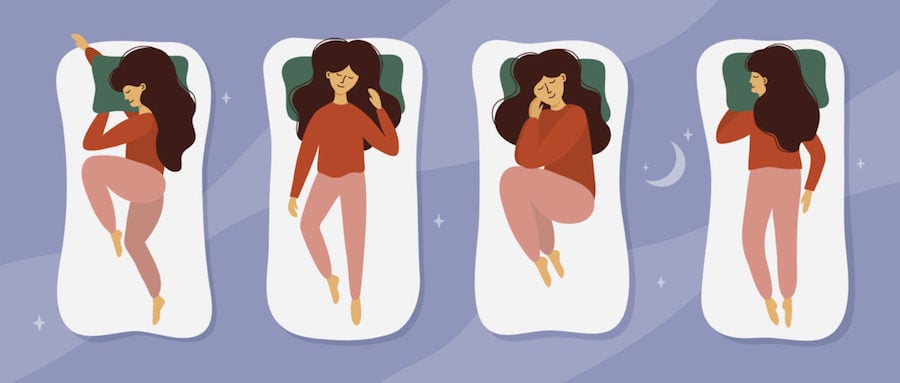
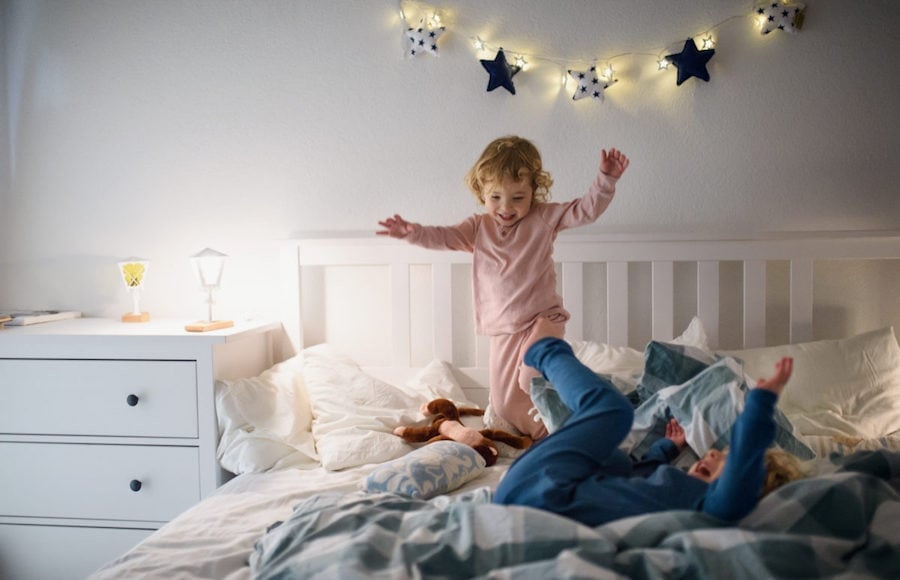
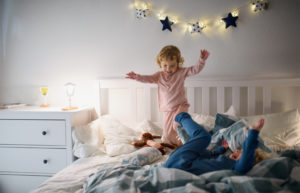 Make a Bedtime Routine Photo Tutorial
Make a Bedtime Routine Photo Tutorial
 Team Snuggle Bus:
Team Snuggle Bus: Team Oh Heck Meow:
Team Oh Heck Meow: